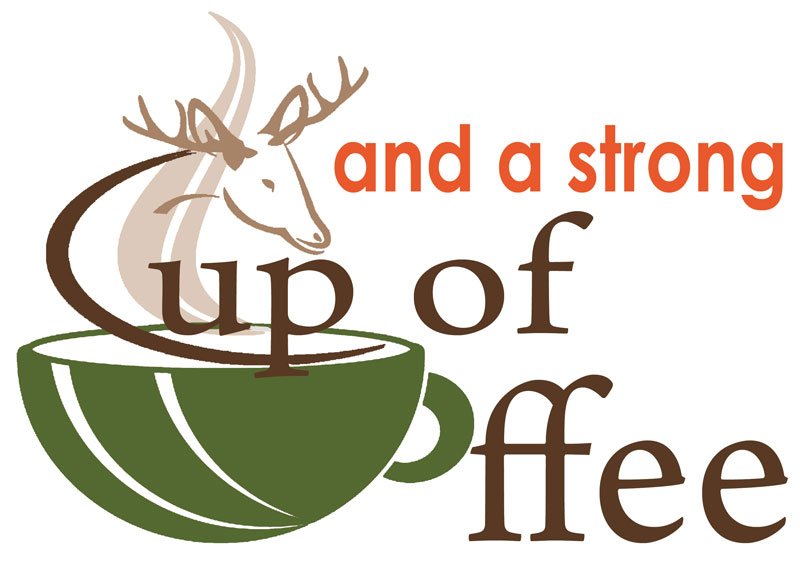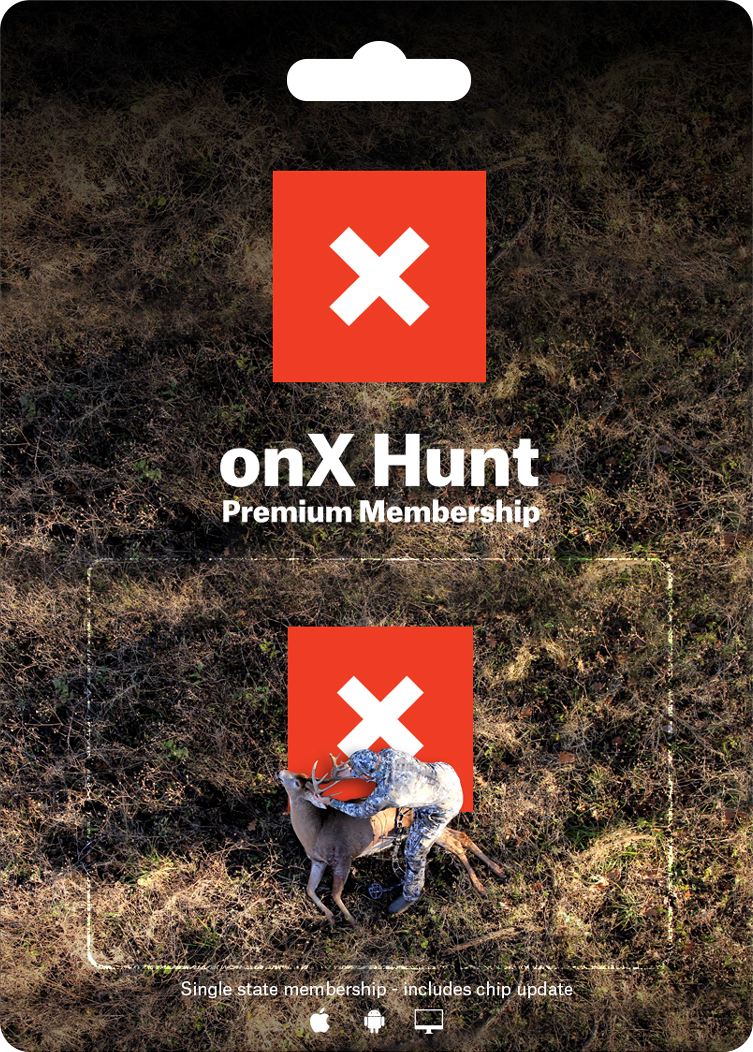Social media erupted and my inbox was suddenly flooded with emails about PFAS (Poly-fluoroalkyl substances). On Tuesday, November 23, 2021 at 5:22 PM, the Maine Department of Inland Fisheries & Wildlife issued a “DO NOT eat advisory” for deer shot in my wildlife management zone. It was 2.5 weeks after I had shot my deer and about two weeks after I had gotten it back from the butcher and started eating it.
PFAS
My actual hunting property was outside of the advisory area. However, as more fields are tested, there is an impending doom that I will be in a PFAS zone. And other hunters will be in the same situation. When and if I am told that we are in a high PFAS zone, what should we do? Stop hunting all together? Eat the venison anyway because we always have and we are probably filled with PFAS from other sources anyway? Do I want my children eating it? PFAS is known to cause thyroid disease, cancer (non-Hodgkin’s lymphoma, kidney, testicular, prostate, breast, liver, and ovarian cancers), liver damage, decreased fertility, and the risk of asthma.
We know where these chemicals were spread and we know that it was done for about 30 years. That is a lot of time to contaminate soil, water and wildlife. There are also a lot of unknowns right now and all we can do it wait for more testing to be done on areas across Maine and hope that there is a way to mitigate the damage done.
This also had me thinking about other diseases that could easily find their way into our deer herd.
Chronic Wasting Disease
A friend of mine conducted a survey on several hunting forums and asked about urine-based buck lures. Out of all of her responses, “you are the only one who does not use any” she reported. “I am terrified of CWD” was my response.
A couple of years ago, I attended a presentation by Dr. Krysten L. Schuler, the wildlife disease ecologist at the Cornell Wildlife Health Lab. She spoke about Chronic Wasting Disease, how easily it is spread and the implications of what will happen if it gets into the deer herd.
Dr. Schuler described the potential spread of CWD like this: if a deer with CDW eats, drinks or urinates in an area that is heavily populated by other deer, their fluids can come into contact with those other deer, who can then become infected. Think of all of the saliva in those horrible feeding troughs that people put out every winter in the name of “helping” deer. It would take one infected deer eating at that trough to potentially infect the entire herd in that area and the disease could jump to our moose population. It would be devastating for wildlife and the hunting economy in the state.
So, the idea of buying and using buck lures made with urine, then I have no idea where it came from or how it was tested, terrifies me.
Which is worst?
Hunters should not eat the meat of an infected animal regardless of if it is contaminated with PFAS or infected with CWD. So, what would be worst? Seeing deer but knowing you shouldn’t eat them or not having any deer around due to disease kill off?
Both of these issues could have long lasting, devastating consequences for our wildlife and those of us that hunt in order to put meat on the table. But, let me know what you think. What would be worst for our wildlife? PFAS or CWD or something else?









0 Comments